Argentina's Seasons: A Quick Overview
Remember, Argentina is in the Southern Hemisphere, so the seasons are reversed compared to North America and Europe:
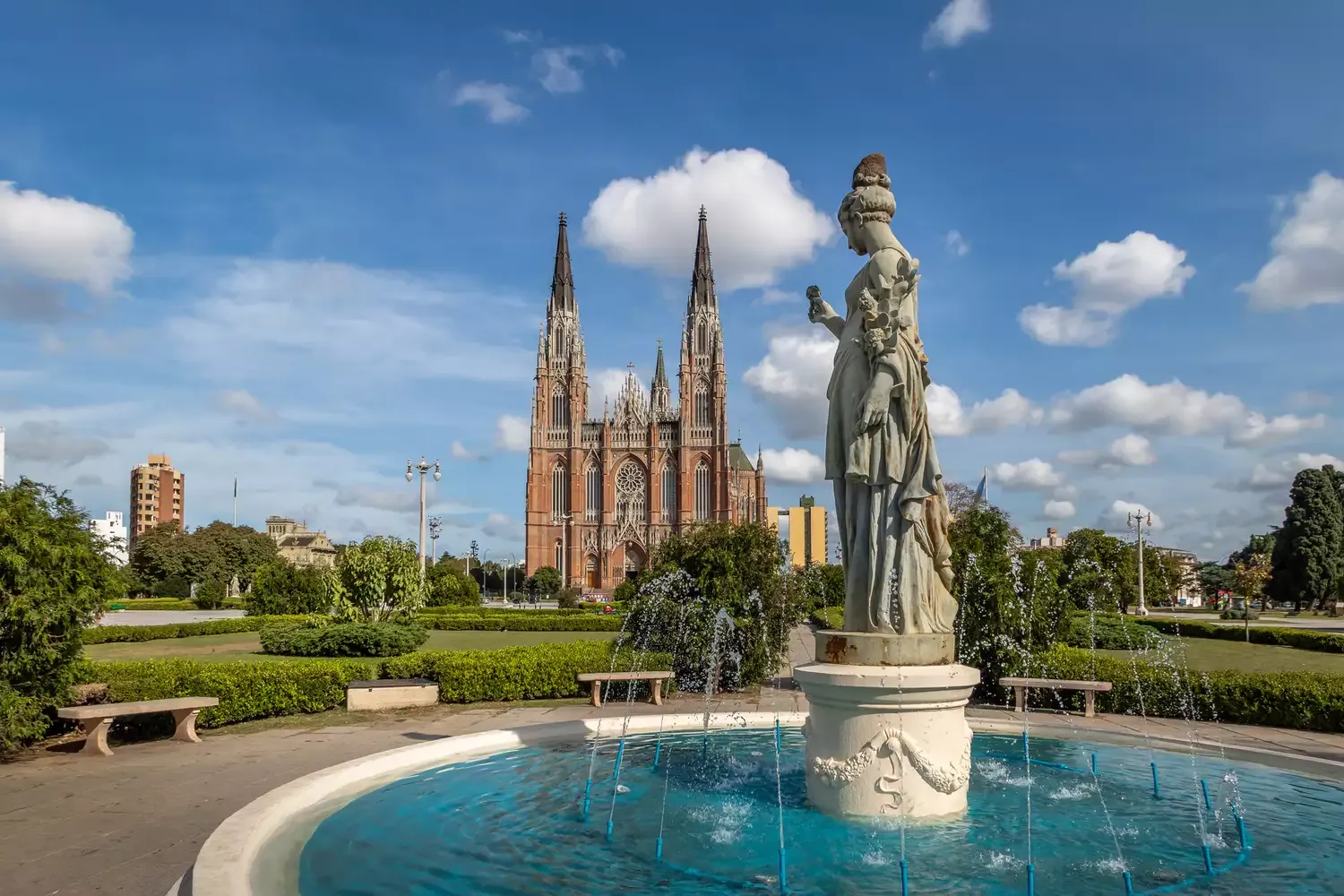
Argentina's vast landscapes mean varied optimal travel times. Buenos Aires thrives in spring/fall (shoulder seasons) for pleasant weather. For Patagonia trekking, summer (December-February) offers the best conditions. Wine lovers should consider autumn for Mendoza's harvest. Avoid peak season (Christmas/Easter) for lower prices & fewer crowds, impacting your travel budget and trip planning.
Remember, Argentina is in the Southern Hemisphere, so the seasons are reversed compared to North America and Europe:
Buenos Aires, the vibrant capital, is a year-round destination, but certain times offer a more pleasant experience. Spring (September-November) and Autumn (March-May) are generally considered the best times to visit. The weather is mild and comfortable, perfect for exploring the city's iconic neighborhoods like San Telmo and La Boca, strolling along the Puerto Madero waterfront, and enjoying outdoor cafes. The crowds are also thinner compared to the peak summer season.
Summer (December-February) can be hot and humid, with temperatures often exceeding 90°F (32°C). While the city comes alive with outdoor events, be prepared for the heat. Winter (June-August) is cooler, with average temperatures in the 50s (10-15°C). It's still a great time to experience the city's cultural offerings, such as tango shows and museum visits, and you might find lower prices on accommodation.
Patagonia, the rugged and stunning southern region, has a more distinct "best" time to visit. The Patagonian summer (December-February) is generally considered the ideal period. During these months, the weather is milder, with longer daylight hours, making it perfect for hiking, trekking, and exploring the region's iconic landmarks like Perito Moreno Glacier, Torres del Paine National Park (in Chile, but easily accessible), and El Chalten (the trekking capital). However, even in summer, be prepared for unpredictable weather – strong winds and sudden changes in temperature are common.
Shoulder seasons (Spring and Autumn) can offer a balance of fewer crowds and decent weather, but some trails and services might be limited. Winter in Patagonia is harsh, with very cold temperatures, snow, and shorter daylight hours. Many businesses close down during this period, and access to certain areas can be restricted. However, if you're an experienced winter adventurer seeking solitude and stunning snowy landscapes, it could be a unique experience.
The magnificent Iguazu Falls, located on the border with Brazil, is a spectacular sight year-round. However, the ideal time to visit depends on your tolerance for heat, humidity, and crowds. Spring (September-November) and Autumn (March-May) offer a good balance of pleasant weather and fewer visitors. The water flow is typically strong during these months, making for impressive waterfalls.
Summer (December-February) is hot and humid, with the highest rainfall. The falls are at their most powerful during this period, but the heat can be intense. Winter (June-August) is the driest season, with lower water levels. While the falls might not be as dramatic, the weather is more comfortable, and you're less likely to encounter crowds.
Here's a quick guide to the best times for specific activities in Argentina:
To help you further visualize the best times to visit different regions, here's a month-by-month breakdown:
Month Buenos Aires Patagonia Iguazu Falls Other Regions January Hot, humid, lively Warmest, most popular Hot, rainy, powerful falls Good for beaches, Salta hot. February Hot, humid, lively Warm, popular Hot, rainy, powerful falls Still good for beaches. March Pleasant, fewer crowds Shoulder season, some closures Pleasant, less crowded Mendoza harvest begins. April Pleasant, fewer crowds Shoulder season, some closures Pleasant, less crowded Mendoza harvest continues. May Cooler, quieter Cold, many closures Mild, dry, fewer falls Good for touring Northwest. June Cool, quieter Coldest, most closures Mild, dry, fewer falls Ski season starts. July Cool, quieter Coldest, most closures Mild, dry, fewer falls Peak ski season. August Cool, quieter Cold, some closures Mild, dry, fewer falls Ski season continues. September Mild, blooming Spring, some reopen Pleasant, rising water Whale watching begins. October Mild, blooming Spring, reopening Pleasant, rising water Excellent for whale watching. November Pleasant, lively Shoulder season, good weather Pleasant, rising water Peak whale watching season. December Warm, festive Warm, beginning of peak season Hot, increasing rainfall Beaches get busy.
Ultimately, the best time to visit Argentina depends on your priorities and interests. Whether you're seeking the vibrant energy of Buenos Aires, the stunning landscapes of Patagonia, or the awe-inspiring Iguazu Falls, careful planning will ensure an unforgettable trip. Consider your budget, desired activities, and tolerance for weather conditions when making your decision, and you'll be well on your way to experiencing the best of Argentina.

Destinations
Oslo Is One of Europe’s Coolest Cities — and It Has One of the Best New Hotels in the World

Destinations
This Regal Afternoon Tea Experience Is One of the Most Festive Ways to Celebrate the Holidays

Destinations
Italy's Best-kept Coffee Secret Is This Stunning Port City and Its Timeless Cafes
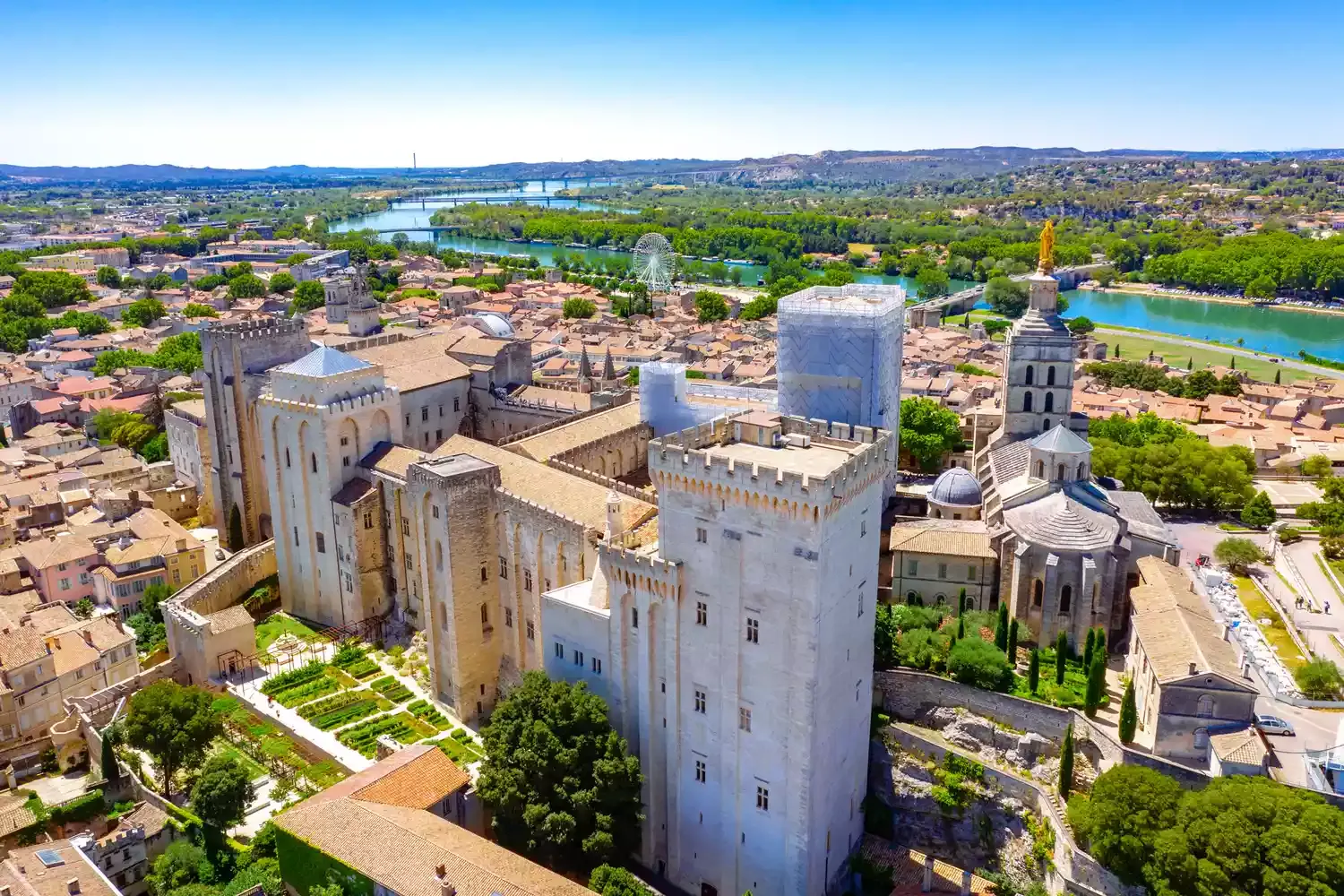
Destinations
How to Plan the Perfect Trip to Avignon, France

Destinations
The Ultimate Japan Itinerary for LGBTQ+ Travelers

Destinations
The World's Newest National Park Just Opened With the Planet's Oldest Animal Fossils
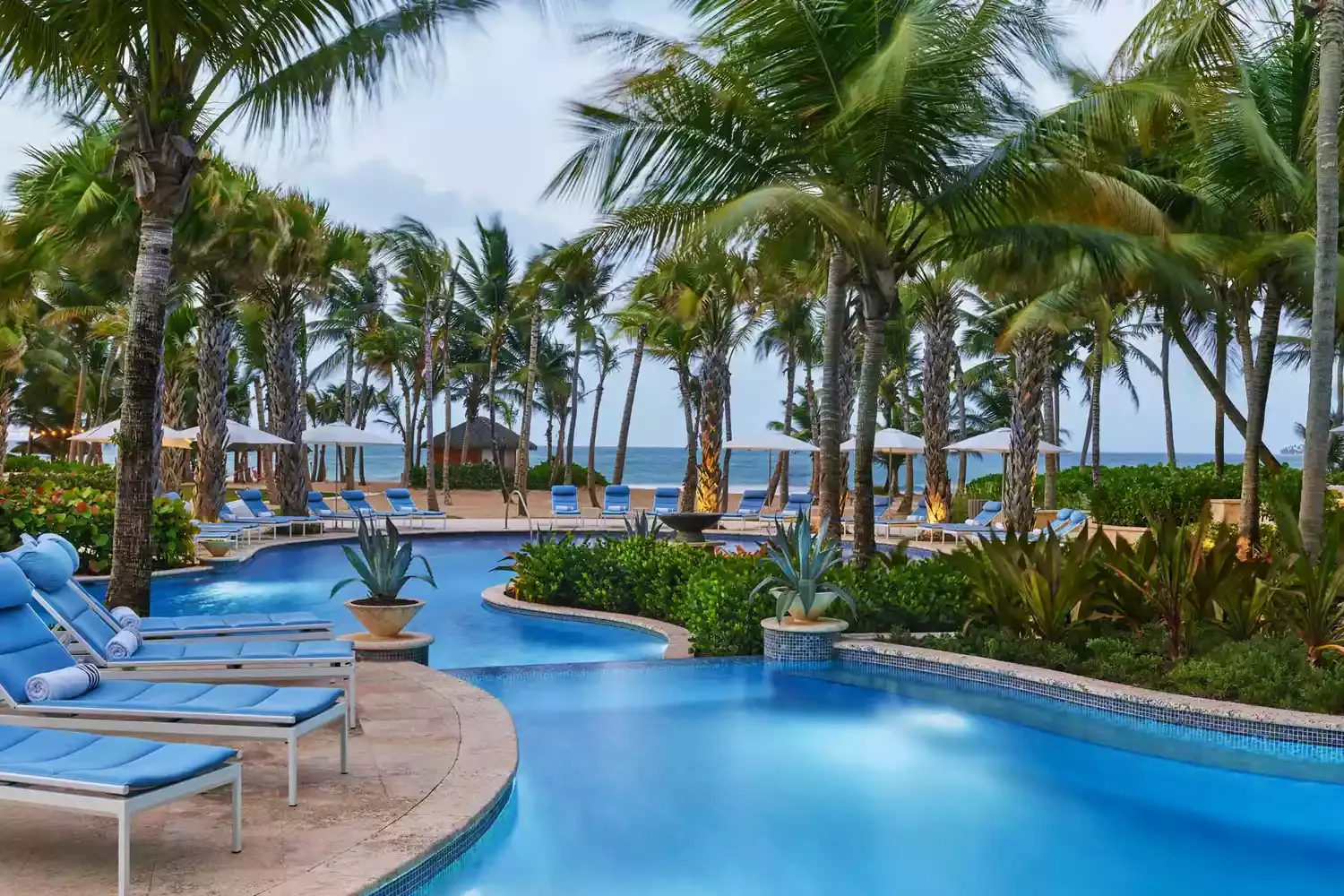
Destinations
The Top 5 Puerto Rico Resorts
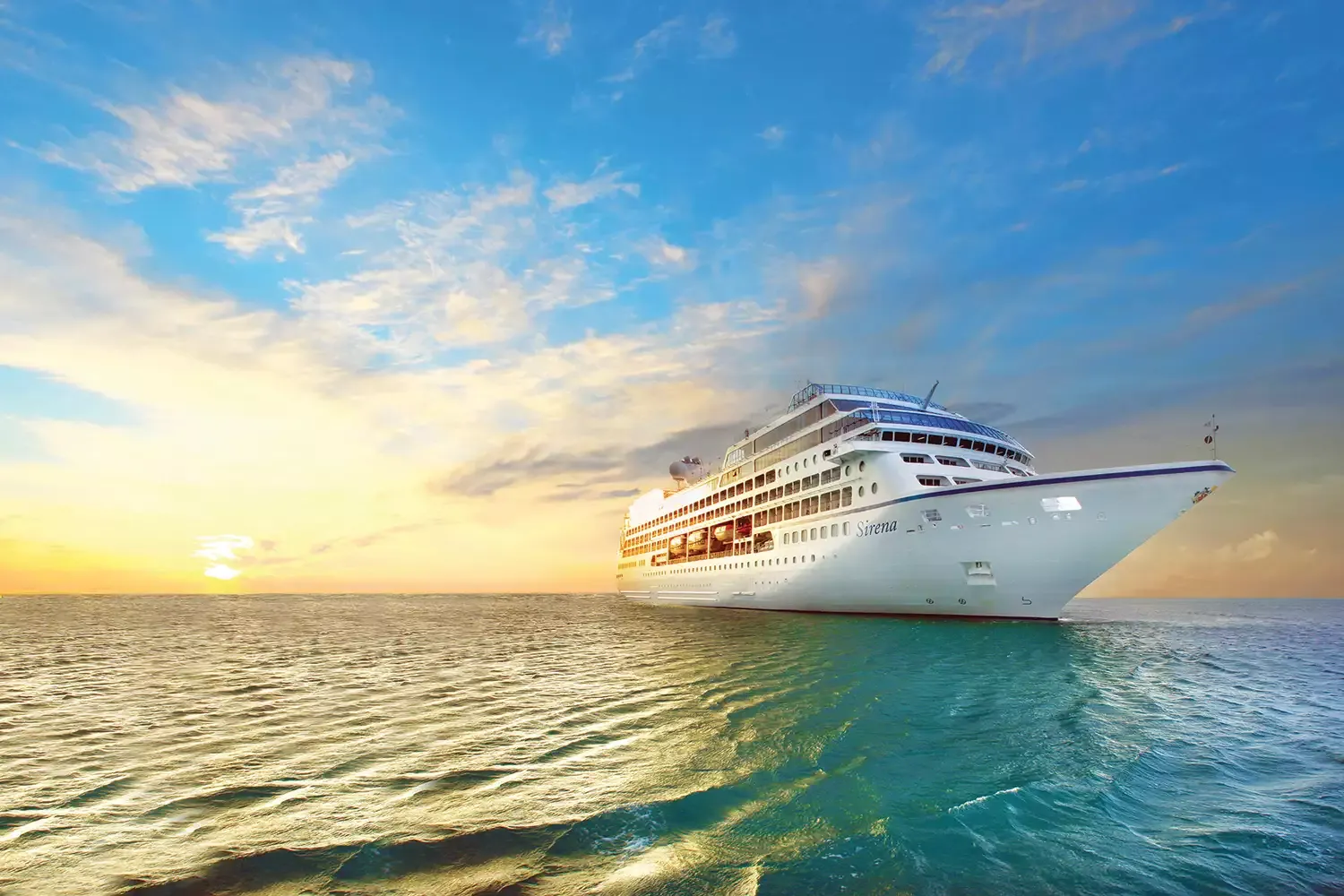
Destinations
10 Best Cruises to Jamaica and the Caribbean
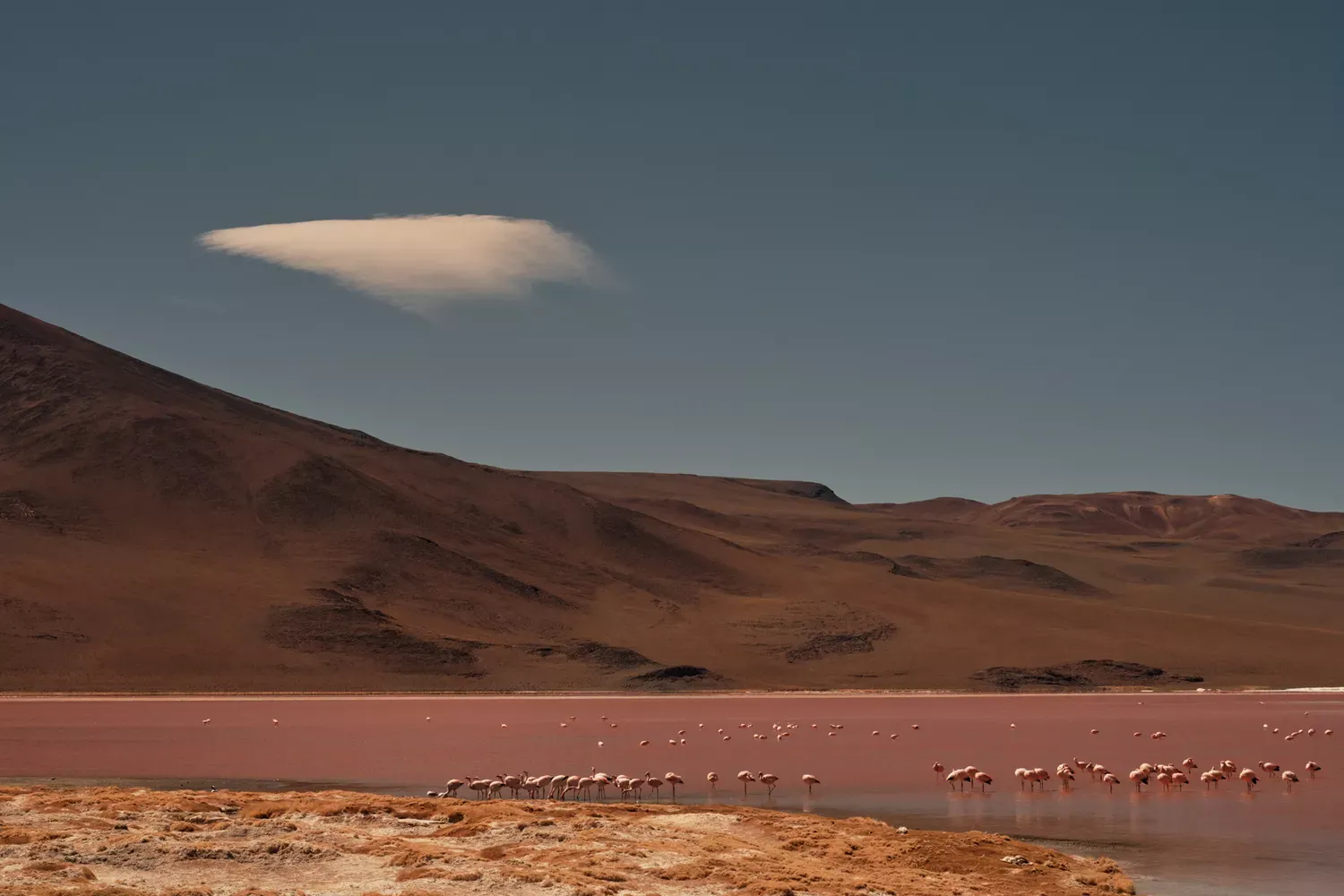
Destinations
I Went On a Road Trip From Chile’s Atacama Desert to Bolivia’s Salt Flats — Here’s How You Can, Too
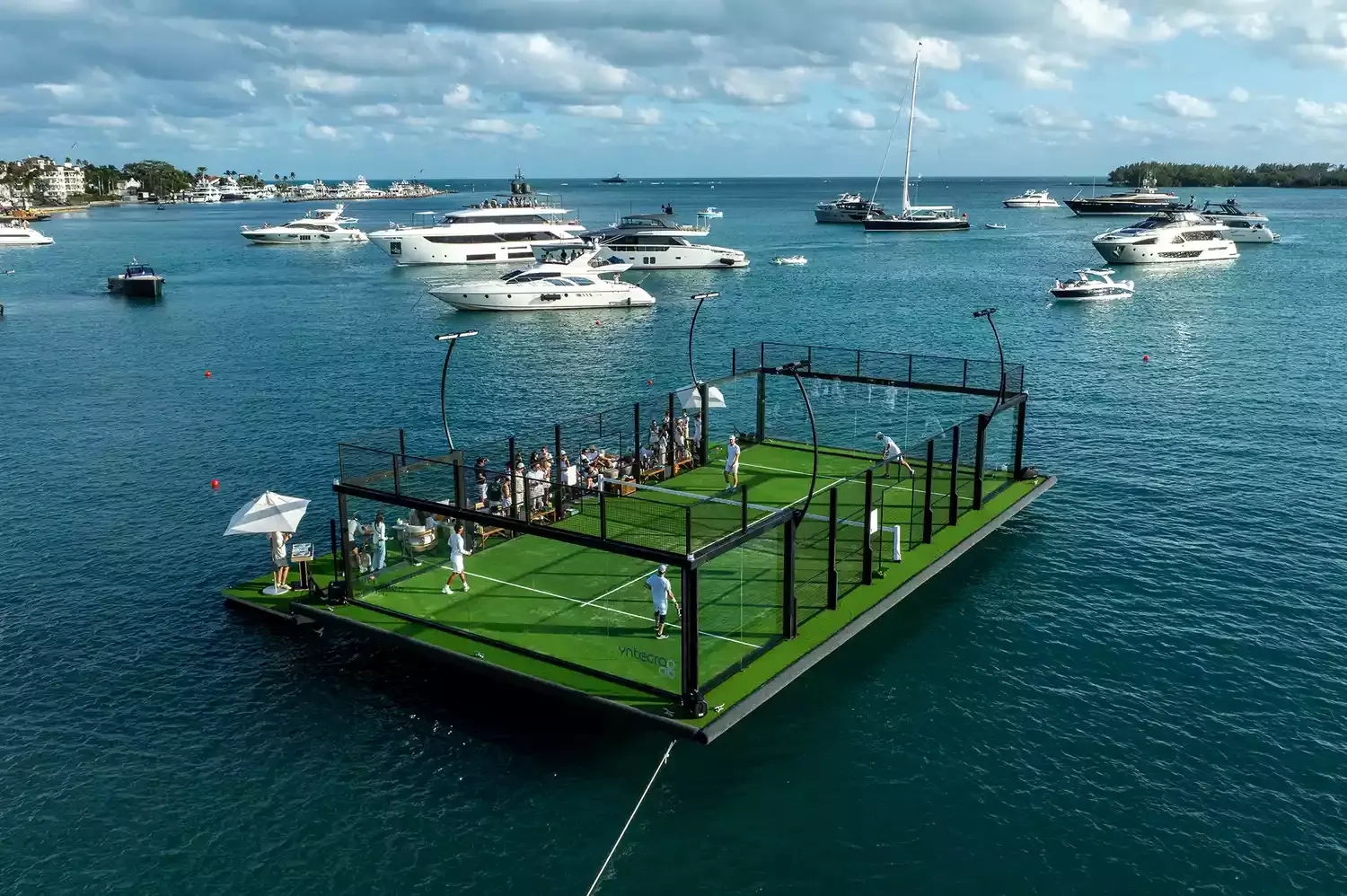
Destinations
Miami Just Got Its First Floating Padel Court — With 360-degree Views of the Sea and City Skyline
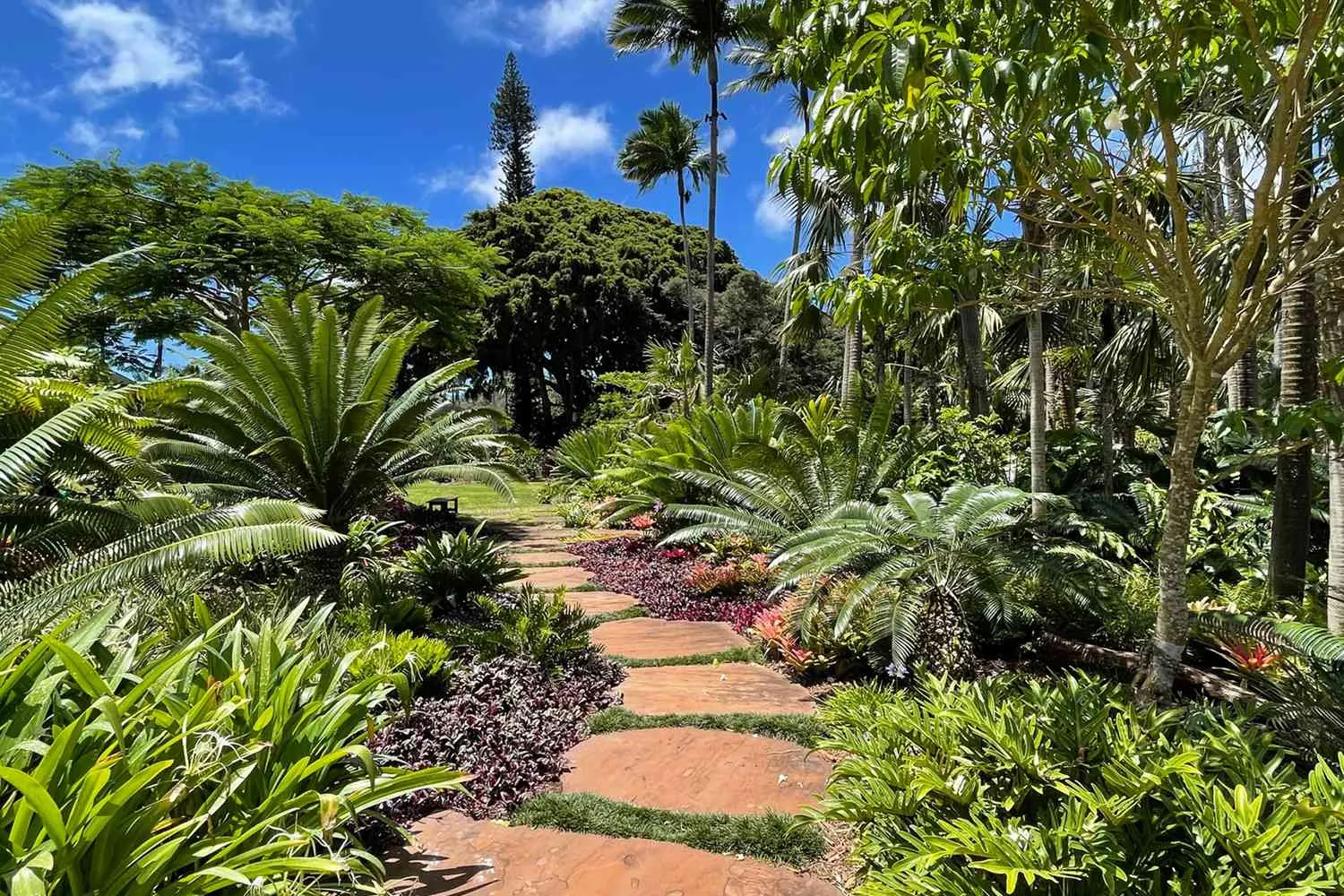
Destinations
This Luxury Resort on a Gorgeous Hawaiian Island Offers the Perfect Wellness Retreat — Calming Horse Therapy Included
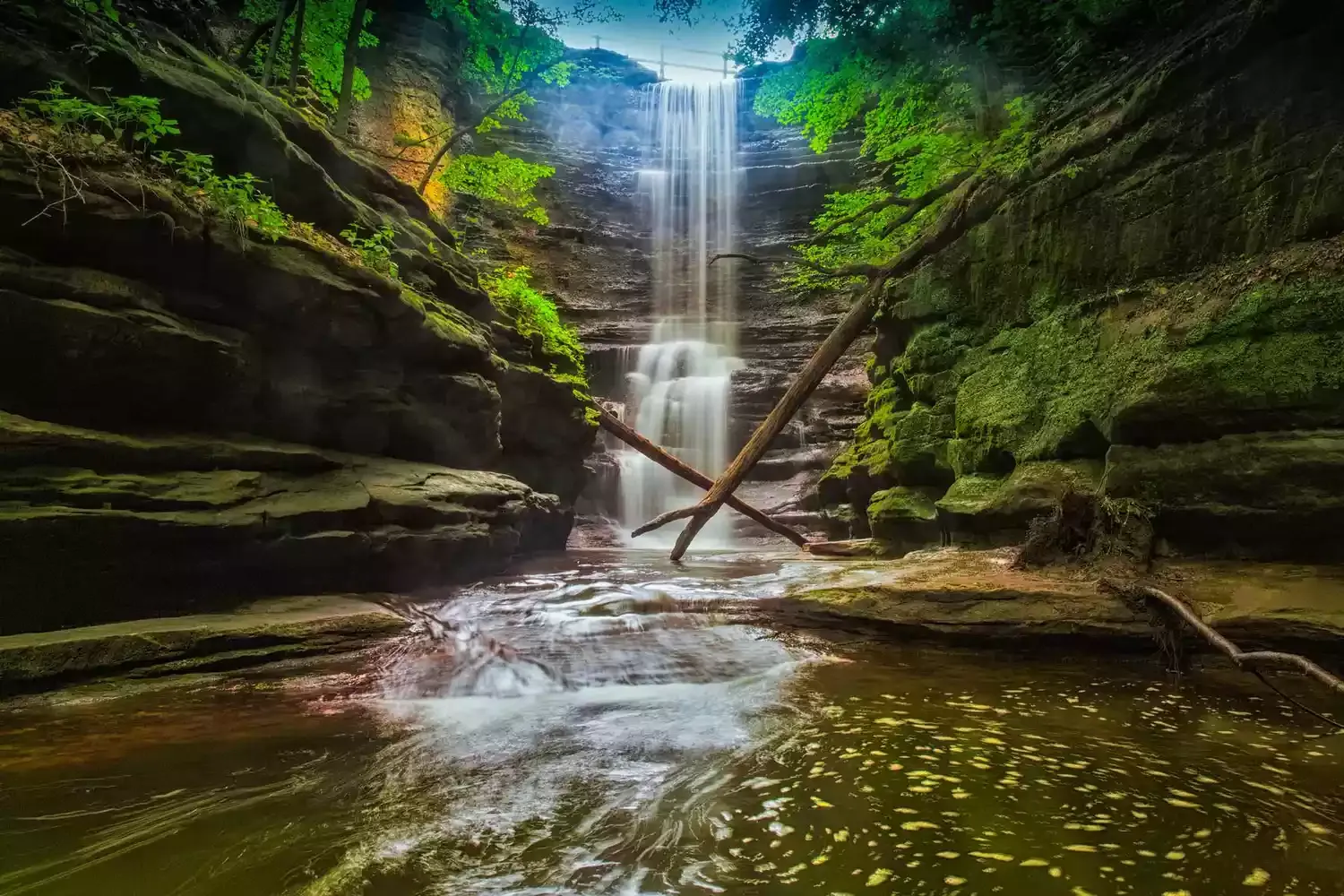
Destinations
10 Best Weekend Getaways From Chicago
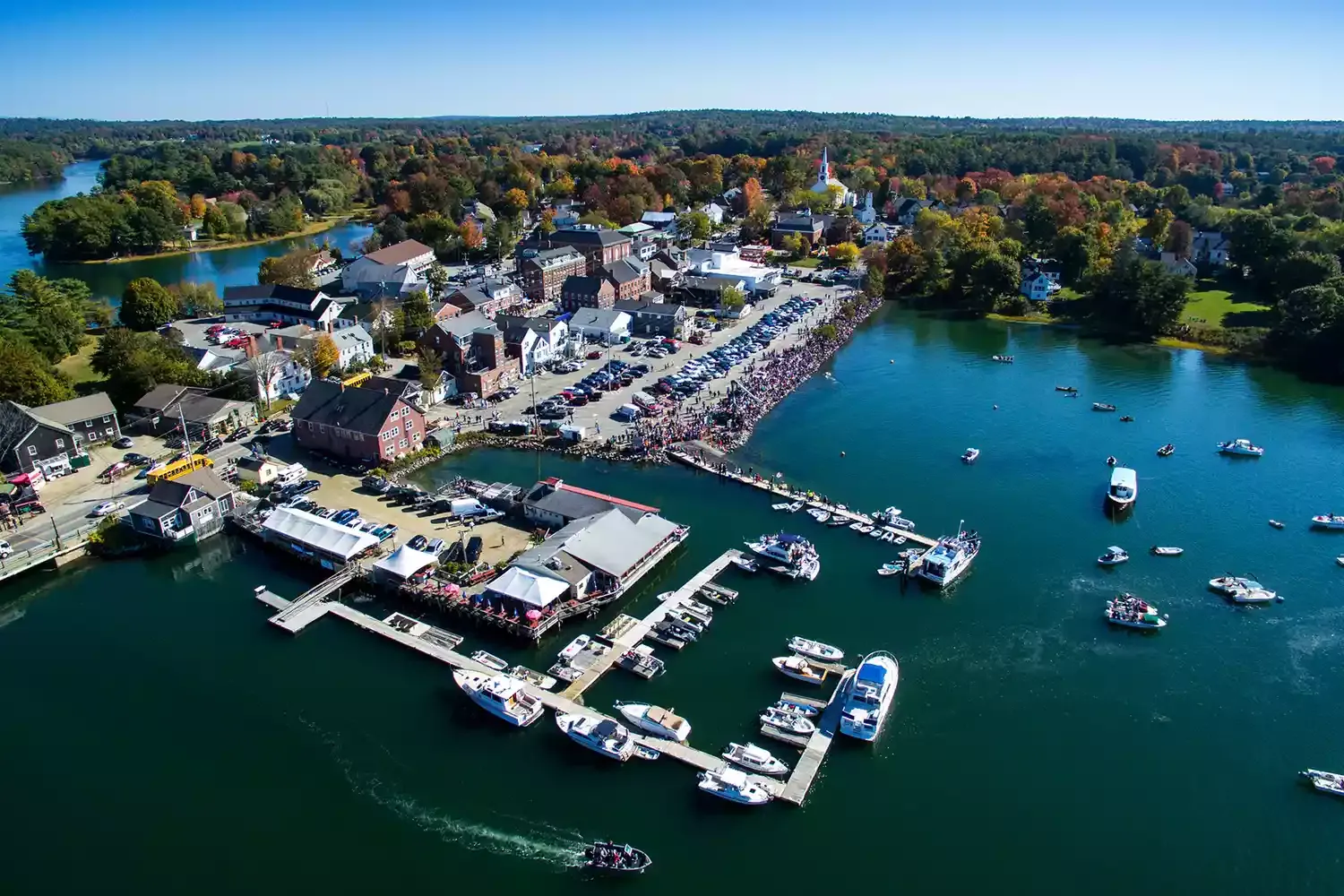
Destinations
This Coastal Maine Destination Is Perfect for Fall — Here's How to Spend a Weekend
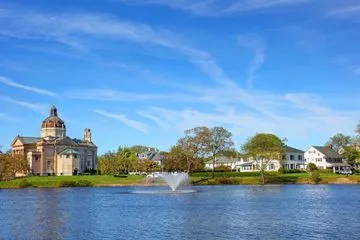
Destinations
12 Best Small Towns in New Jersey
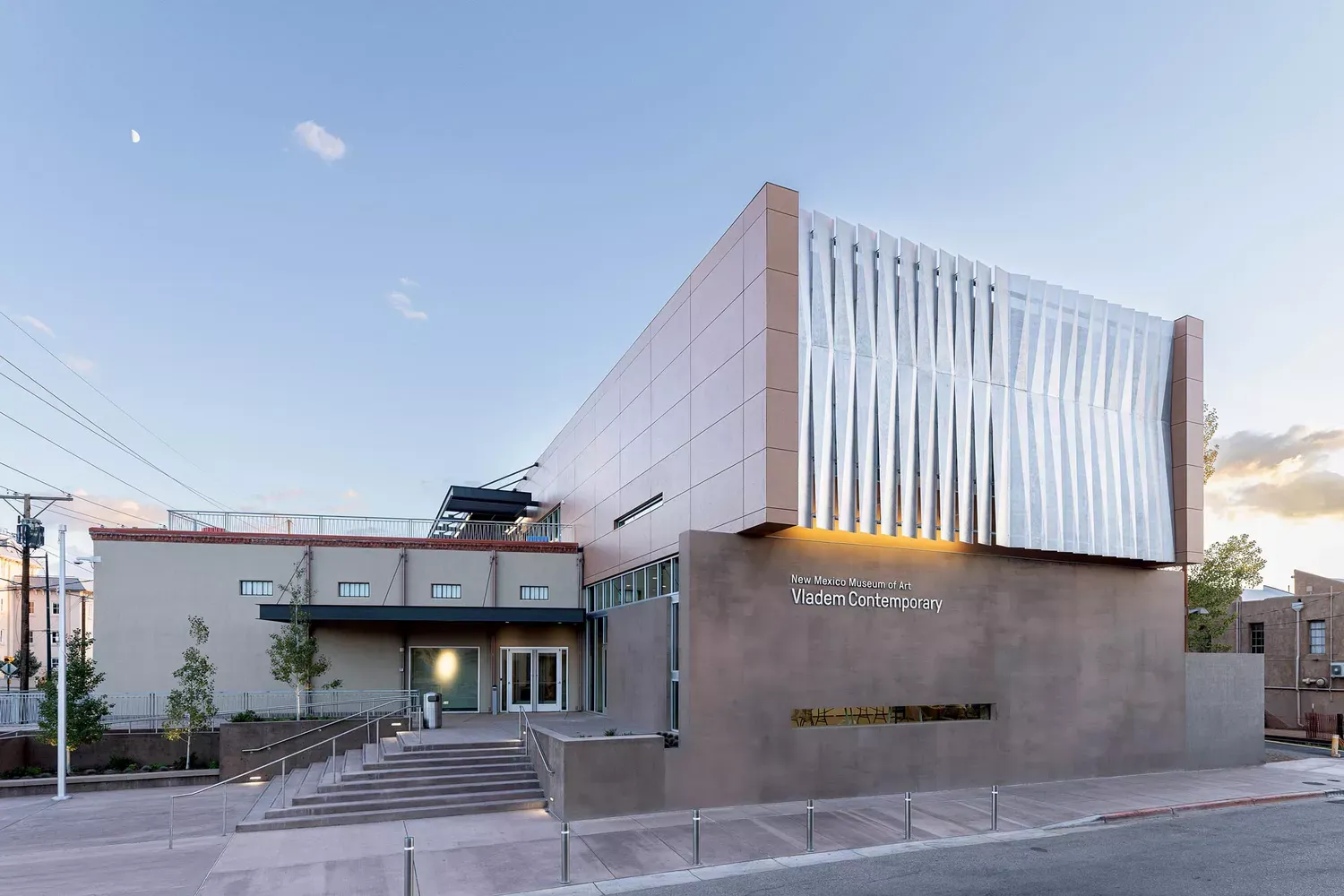
Destinations
One of Santa Fe's Most Exciting Neighborhoods Is Getting an Impressive Contemporary Art Museum This Month

Destinations
This Exquisite Home Rental in New York's Hudson Valley Has Glass Walls With Incredible Fall Foliage Views